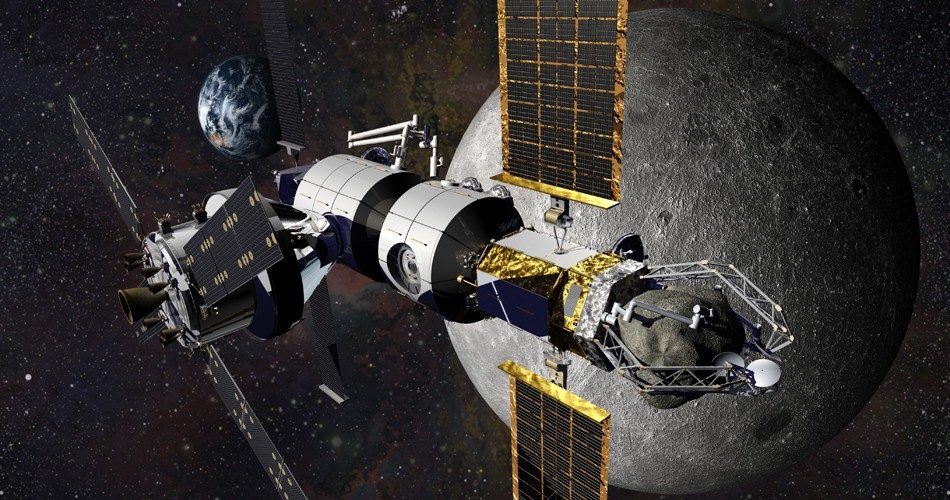The journey to Mars is no easy feat, but Lockheed Martin is helping NASA get there. Orion will transport astronauts safely into deep space while missions such as MAVEN, the Mars Reconnaissance Orbiter (MRO) and Mars Odyssey have gathered innumerable data to draw a clearer picture of the Red Planet. Now, Lockheed Martin is also supporting the development of deep space habitats.
As part of NASA’s Next Space Technologies for Exploration Partnerships (NextSTEP) program, Lockheed Martin is studying the capabilities needed to support human pioneering in deep space. Habitats, known formally as “exploration augmentation modules,” are essential for the exploration of the outer bounds of space.
“The habitat will support missions in the proving of deep space exploration,” said Bill Pratt, Lockheed Martin’s program manager for the habitat study. “Basically, the habitat would be located just far enough away that astronauts couldn’t easily turn around and come home when problems arise. That really forces us to operate in a different mindset that’s more akin to a long trip to Mars.”
Moving outside of low Earth orbit where the International Space Station (ISS) resides, the habitat would be placed in a lunar orbit to be specified by NASA. Its crew would be more autonomous and less dependent on ground control – a more realistic scenario for Mars and other deep space destinations.
Pratt pointed out that although the habitat draws from ISS lessons learned, it is not another iteration of the ISS. The habitat will accommodate four crew members from 30 to 60 days – and spend large amounts of time unmanned—which means the systems need to survive on their own, without regular maintenance.
“We’re studying the development of a habitat that takes maximum advantage of Orion’s advanced capabilities,” added Pratt. “As we design the habitat concept, we can leverage the deep space functionality already available with Orion, such as power-coupling, communications, radiation protection and life support systems, thereby reducing complexity of the habitat and increasing affordability.”

For example, Orion already has a system to shield the crew from radiation, so it could be used as a safe haven for astronauts during a solar storm, meaning you wouldn’t have to build that capability into the habitat.
The less modification needed for the habitat, the more efficiently it can function when the crew is not present. It also provides more room for bigger, bulkier items that wouldn’t fit in Orion – such as the crew’s food, water, air, hygiene needs, personal effects storage and even a full-size treadmill.
“It’s really exciting to be working on concepts that we can continue to build on, adding functionality as needed, and support specific mission requirements as they evolve,” said Pratt. “With a habitat, you can really start to see a larger framework come together that will allow humans to travel deeper into space than ever before.”
Lockheed Martin will work with NASA to establish a baseline of habitat designs and mission requirements when the 12-month contract concludes in September 2016. NASA is targeting functional habitats in the 2020s.




